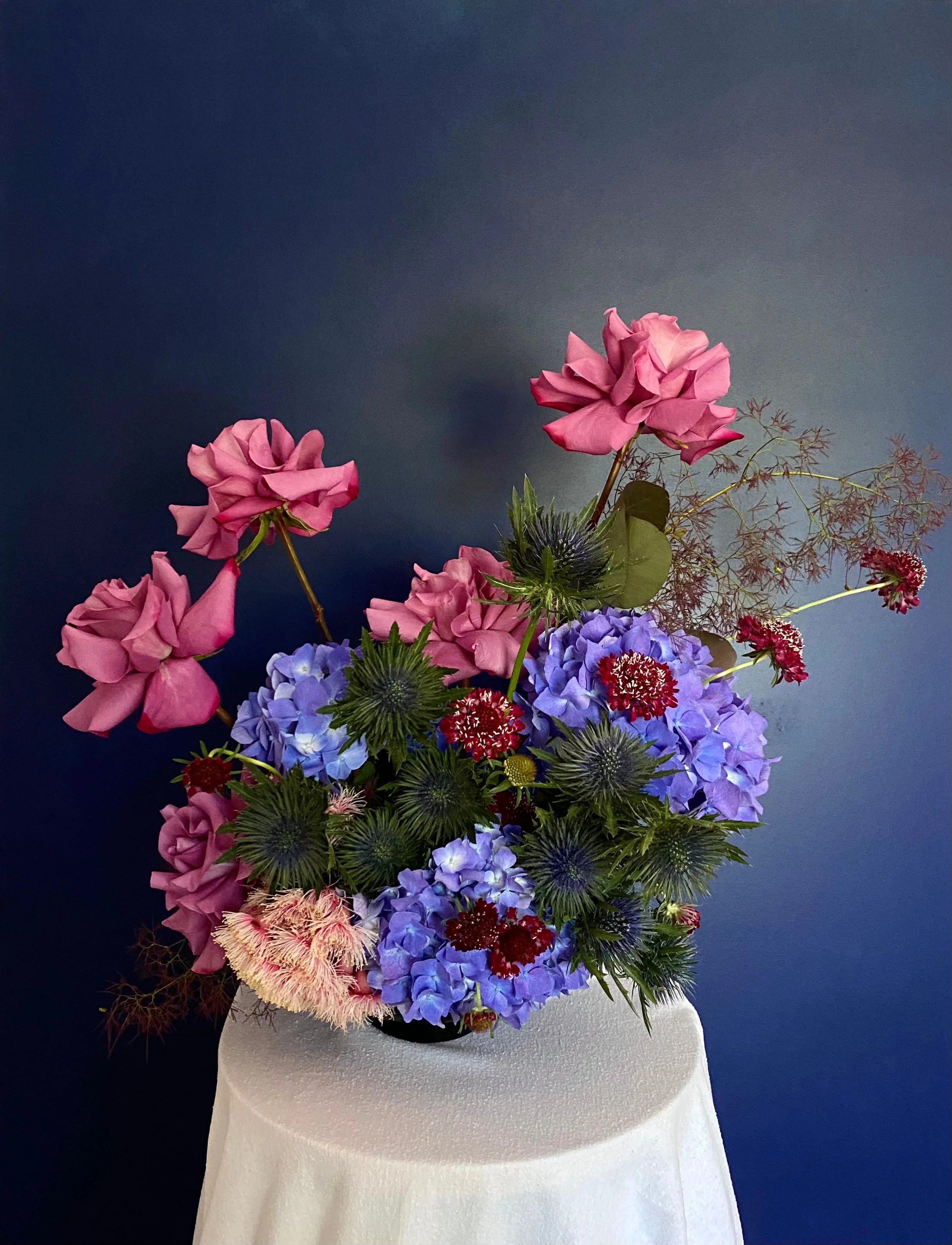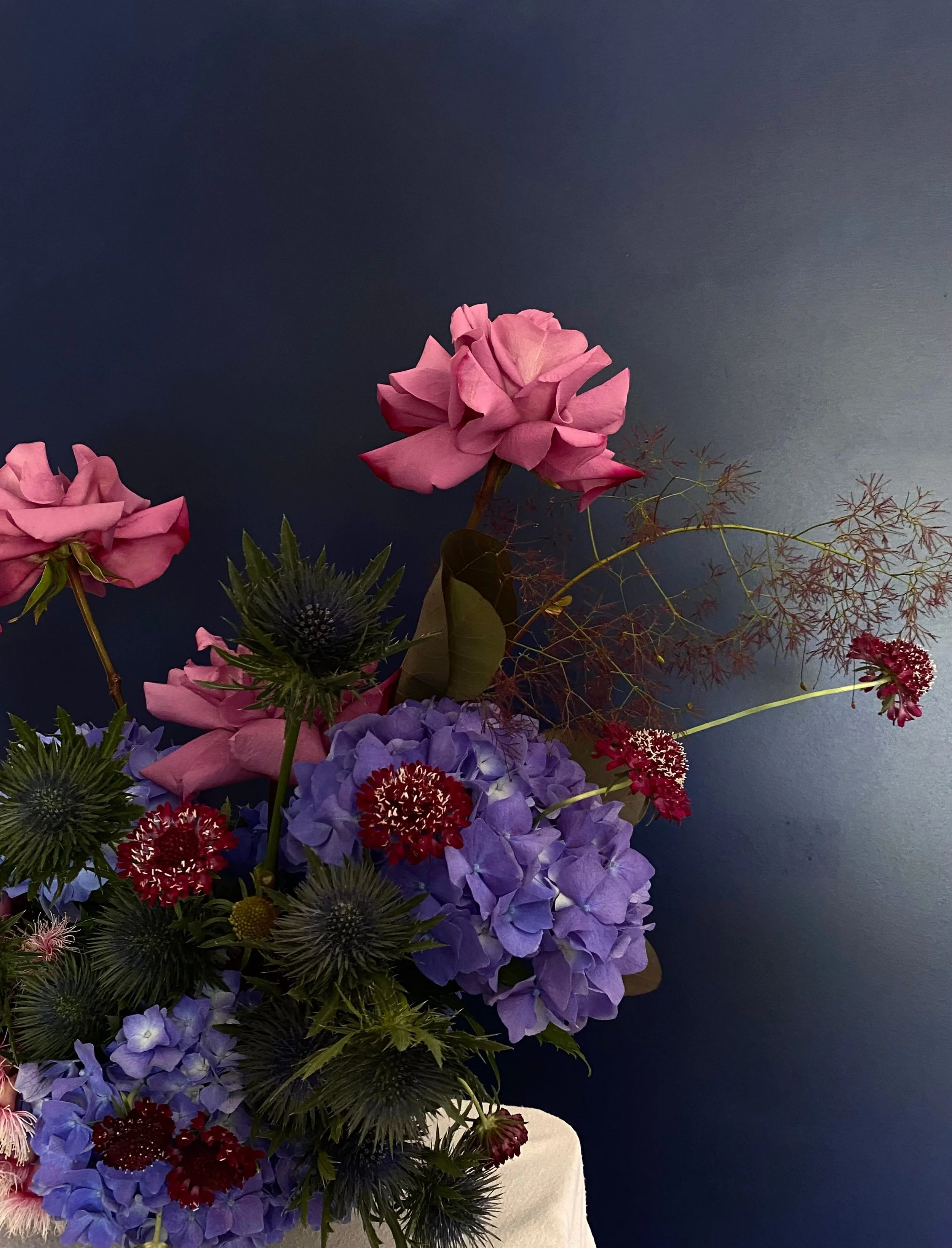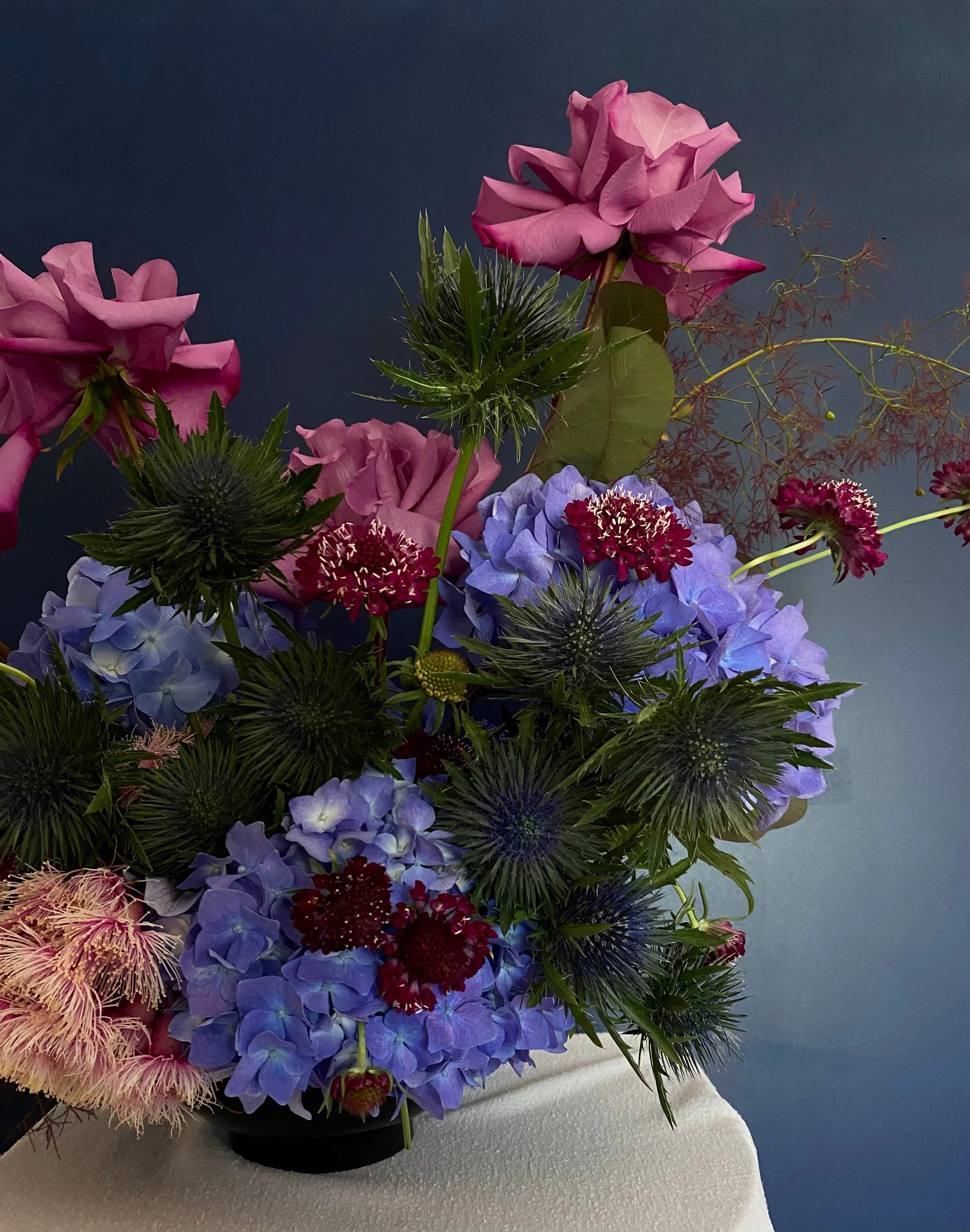“Unheard rustlings…The Light Brush of Unseen Wings…”
Joan Lindsay’s 1967 novel, Picnic at Hanging Rock, has become a classic of Australian Gothicism. Her writing evokes a haunting picture of girlhood, once bursting at the seams with adolescent whirs and giggles, quickly swept away by the unknowable thickets of a mysterious, supernatural Australian landscape. The memory of the girls is inescapable for those that knew them, and lingers potently in the mind of the reader long after the book is finished. Though one of the girls, Irma Leopold, was recovered from the shadows of Hanging Rock, the other two girls were never to be seen again, plaguing the text with grotesque visions of their potentially desolate, lifeless bodies left to rot in caves, and unanswerable questions as to what actually happened the fateful day of the Appleyard College Saint Valentine’s Day Picnic of 1900.
“The shadow of the Rock has grown darker and longer. They sit rooted to the ground and cannot move. The dreadful shape is a living monster lumbering towards them across the plain, scattering rocks and boulders. So near now, they can see the cracks and hollows where the lost girls lie rotting in a filthy cave” (136)
Lindsay’s writing is entrancing and moody, with detailed descriptions that stay true to an early 20th century setting. In many classic Gothic texts, tropes of terror and fear are tied to environmental descriptors of a European context: rain, snow, long nights, cold days. Lindsay, however, injects the dense February heat of Australian Summer with a drawn-out sense of dread and restlessness. She paints the Australian bush as a maze of secret terrors: poisonous plants, dangerous animals, thick, ruthless shrubbery and soaring, jagged rock faces. She hints at the idea that there is a complex netting of underworkings that infiltrate the unseen corners of the bush, from the crevices of boulders to the undersides of glass blades that brush unassumingly against legs.
“The sunny slopes and shadowed forest, to Edith so still and silent, were actually teeming with unheard rustlings and twitterings, scufflings, scratchings, the light brush of unseen wings” (21).
She emphasises extreme heights and plummeting lows in her portrayal of setting, projecting a sense of fear and boiling tension in the text. Namely, Lindsay describes the days following the disappearance of the girls as “half dream, half reality; alternating, according to temperament, between wildly rocketing hopes and sinking fears” (57). Ultimately, this sublime environment mirrors the emotional sublimities of the girls of Appleyard College, many of whom become insane, crippled with the lingering impossibility of the dire Hanging Rock predicament. Also plagued with desperate nervousness is the wealthy Englishman, Mike Fitzhubert and his coachman Albert Crundell, both of which were at the Hanging Rock on the day of the disappearance and together attempt to find the girls on their own. Mike in particular, is entranced by the last sight of Miranda he caught before she went missing, and often sees her manifested as a swan who roams the lake of his Uncle’s manor.
It is this sweetness, innocence, cheekiness, and purity; contrasted against an infliction of danger and darkness; that I wanted to blend through flowers in this arrangement. My choice to include Hydrangea seemed like an obvious one- it is perhaps one of the most symbolic flowers mentioned in the text after Sara Waybourne, the youngest border and perhaps the student most traumatised by the events of the picnic and the disappearance of her closest friend Miranda, was found dead with a beaten face in a Hydrangea bush behind the school. The flower, though vibrant and evocative of warm Summers, have a large face of ruffled petals capable of concealing many depths within them.
I wanted to incorporate some Australian natives, so I chose Smokebush as a foliage to give the arrangement an airy, sweeping look. I also used Flowering Gum in a pink shade to add texture and evoke the unknowing innocence of the girls prior to the picnic, who let themselves enjoy fanciful chatters of their Valentines Day love notes. I wanted Sea Holly to be a feature of the arrangement, so I had it climbing up through cracks of Hydrangea, and spiking out towards the front. The harsh textures and shapes of these buds evoke a sense of danger which contrasts abruptly with the plushness of the Hydrangea, and gives the arrangement an unusual, whimsy feel, much like the supernatural twists that occur in the novel. The mauve Roses have been reflexed and ordered at the back to reflect the tall heights of the rock, and to evoke the classic regality of the prim and proper Appleyard girls, disheveled by the fateful events of the picnic. The Scabiosa stems were a final touch, and I selected that deep pink- red colour to represent what could be either kisses or blood pools belonging to the fated girls.



